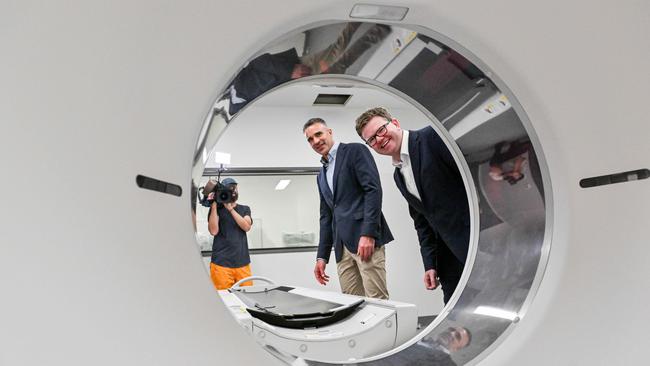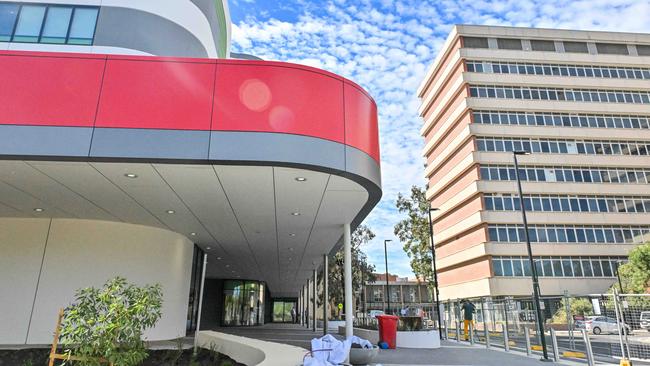Mega Queen Elizabeth Hospital upgrade nearing completion, with 52 new beds, expanded features
A new wing at the QEH is nearly open, bringing more than 50 extra beds into SA’s hospital system and much larger emergency department. See inside here.
SA News
Don't miss out on the headlines from SA News. Followed categories will be added to My News.
The construction of 52 new beds at an expanded Queen Elizabeth Hospital is nearing completion, part of a new 150 new-bed wing opening in July.
The new $314m clinical services building in Adelaide’s western suburbs includes an expanded emergency department – almost 50 per cent larger than the current ED – containing 46 treatment bays and a three-bed rapid assessment zone intended to shorten patient waiting time.
It also has a four-bed mental health safe assessment area for patients requiring extended assessment and treatment while in the ED.
Included is 12 “state-of-the-art” operating theatres, new patient recovery areas, a larger 14-bed ICU, a new MRI machine and two CAT scanners.
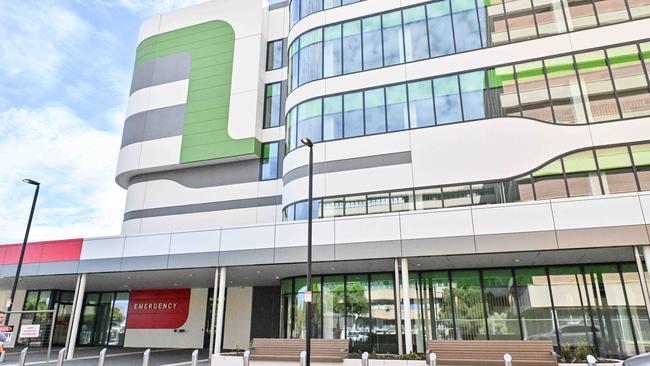
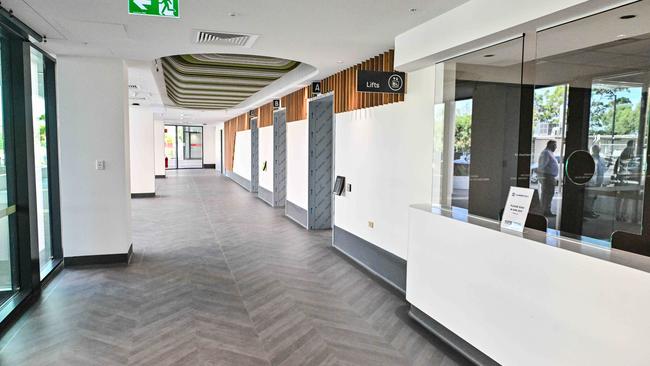
A dedicated facility will be a key provider of inpatient general rehab services for both stroke and burn victims, as well as patients suffering from amputation or orthopaedic issues.
The new space will be equipped with contemporary therapy spaces on each ward, single bedrooms each with their own ensuite and specialised features such as integrated ceiling lifters.
The 52 new beds are part of the state government’s plan to open 550 new hospital beds.
SA Health is now recruiting more specialised emergency medical and nursing staff for when the QEH’s new ED opens in July.
Premier Peter Malinauskas said his government was “not wasting a moment” allocating billions of dollars of additional capacity to the state’s health system.
“South Australia is building. Over this year and next, we are adding hundreds of new beds to our hospital system – the equivalent of a new Queen Elizabeth Hospital,” he said.
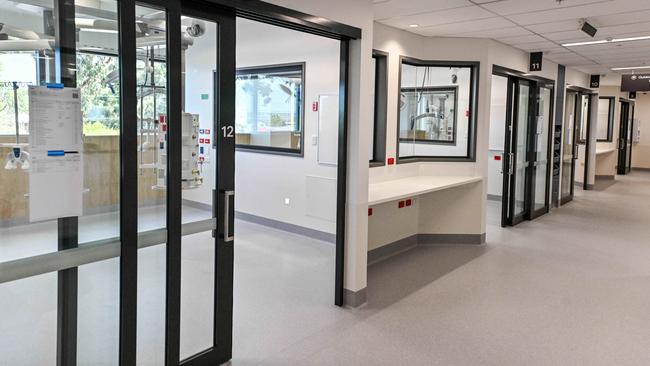
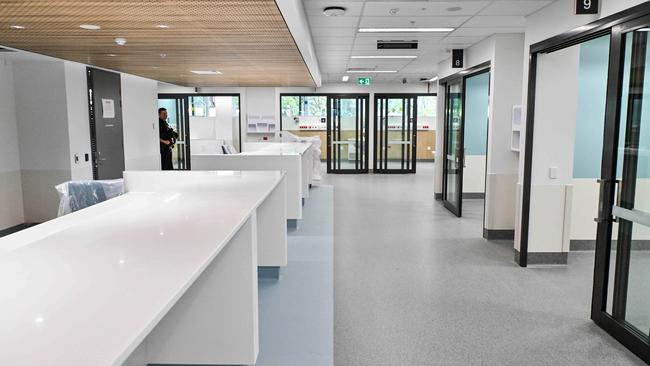
The state government on Monday said its investment in ambulance services resulted in the best February response times in four years.
However, new data comparatively shows ambulances with emergency patients spent 3757 hours stuck in hospital carparks in February, the sixth-worst month on record and more than double the 1522 hours lost in February 2022.
Mr Malinauskas conceded there was still “a long way to go” before his core election promise of fixing ramping would be complete.
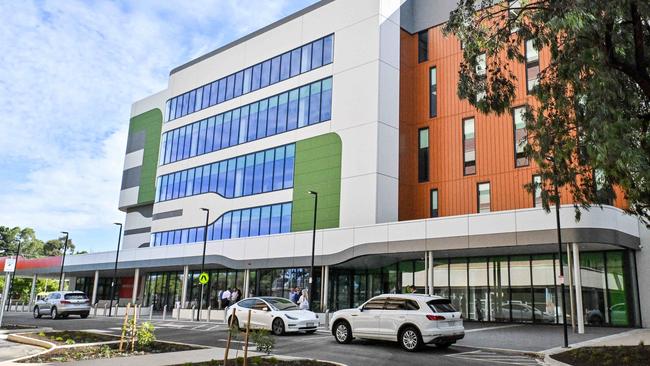
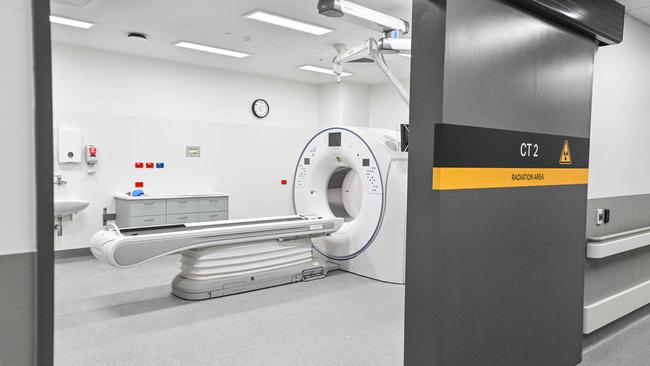
“We know the job isn’t done, but we are getting on with it,” he said.
“We have a long way to go. We’ve been able to get ambulances responding on time (but) to be able to address the ramping challenge, we need more capacity in the system and that’s what having new beds at facilities like this will help achieve in time.
“It does take time to build these facilities but we’re getting on with the task and we haven’t wasted a moment.”
Mr Malinauskas said a redeveloped QEH was “one plank of our comprehensive health infrastructure plan to reduce pressure across the system”.
“(This) is a world-class facility that has been designed with deep consultation with the community who use it, resulting in a better outcome for their health, but also a more productive health system being able to deal with the growing number of patients coming through the wards.”
More Coverage
